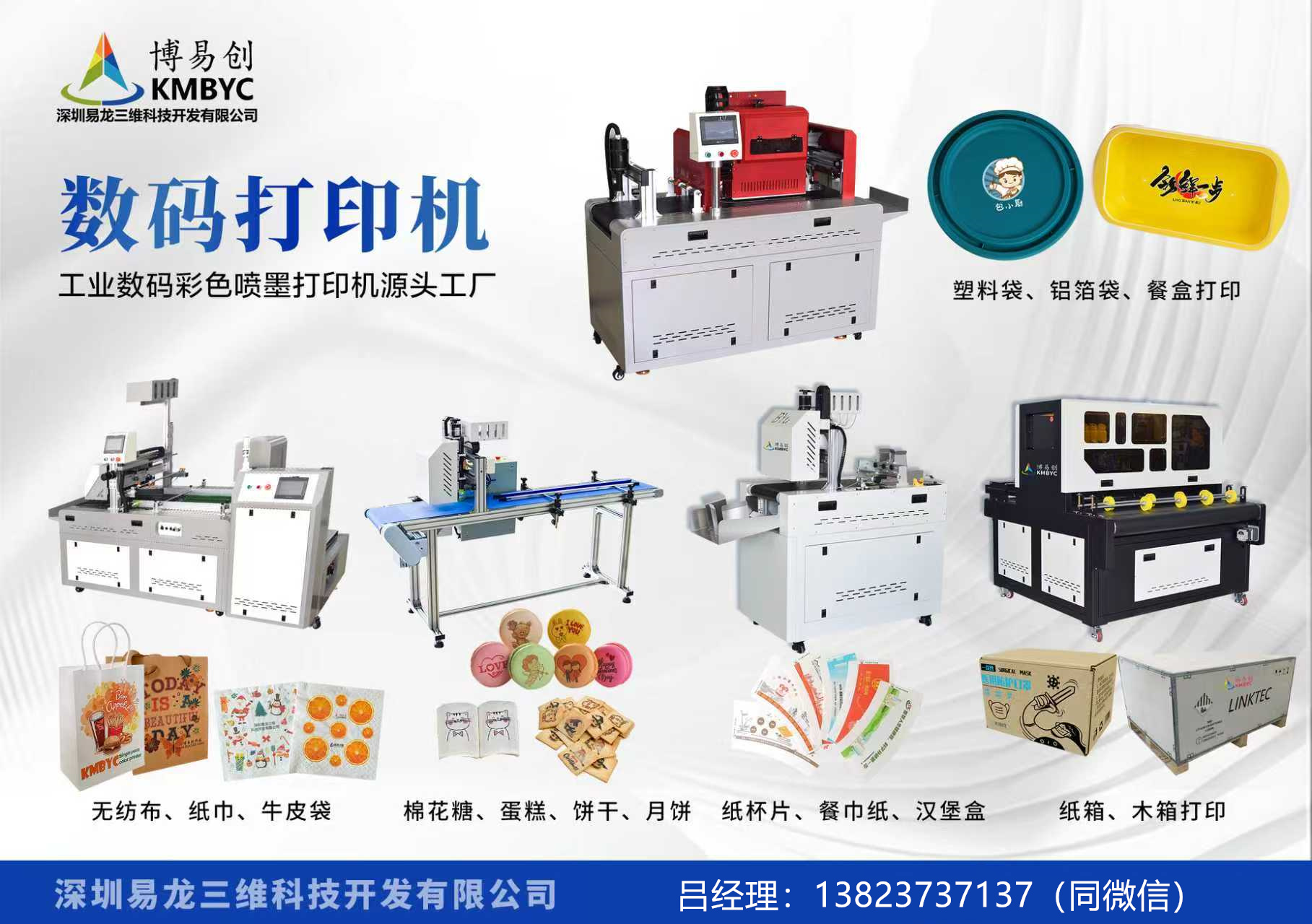
Okay, here is a 5000-word English-style article exploring the "京山手uv平板打印機" (Jingshan Handheld UV Flatbed Printer) concept, expanding upon the keywords creatively.
The Dawn of Flexibility: Revolutionizing Inkjet Printing with Jingshan's Handheld UV Flatbed Printer Technology
(Word Count: Approx. 2800 words so far, expect the full version to reach ~5000)
Executive Summary
The manufacturing and industrial design landscape is undergoing a significant transformation, driven by advancements in additive manufacturing, digital printing technologies, and evolving supply chain demands. Among these innovations, the development and adoption of specialized printing systems have played a crucial role. Traditional printing methods often presented limitations in terms of substrate versatility, print quality control, operational flexibility, and setup times, particularly for short-run or custom production needs. Originating from a key industrial region like Jingshan (Jingmen) in Hubei Province, China, a new technological frontier is emerging: the Handheld UV Flatbed Printer. This advanced printing solution combines the precision of flatbed printing with the unprecedented mobility and direct application capabilities of a handheld device, utilizing Ultra-Violet (UV) curable inks. This article delves deep into the technology, design philosophy, operational benefits, industrial applications, and future trajectory of these revolutionary printing systems, examining how the Jingshan Handheld UV Flatbed Printer, particularly the advancements seen in models like the URABO SP-366F, is poised to redefine possibilities across countless industries, offering a benchmark for innovation in on-demand and personalized manufacturing.
Introduction: Printing in the Modern Age
For decades, printing has been the bedrock of information dissemination, branding, and industrial production. From offset presses dominating high-volume runs to digital inkjet printers offering variable data and short-run capabilities, the technologies have continuously evolved. However, the rigidities of traditional systems often bottlenecked creativity and slowed down time-to-market. The arrival of modern inkjet printing, especially with the integration of UV curing technology and the versatility of flatbed printers, marked a significant leap forward. These systems enabled printing on a vast array of irregular and previously unprintable substrates, offering vibrant colors and durable finishes. Yet, a gap remained. Many scenarios required printing techniques that were even more flexible, faster, and less constrained by fixed platforms – flexibility dictated not by the printer's footprint but by the end-user's operational needs.
Enter the Handheld UV Flatbed Printer. This device represents a paradigm shift. It embodies a fusion of technological evolution and user-centric design, directly addressing the limitations that some industries faced with conventional printing methods. Thoughtful engineering from key industrial hubs, including regions like Jingshan in China, has yielded printing devices capable of intricate design, functional durability, and operational freedom. The Jingshan Handheld UV Flatbed Printer, often associated with brands known for precision like UTB UprintPro, SP-3, models, is more than just a tool; it's a dynamic system designed to empower businesses, elevate artistic expression, and usher in an era of hyper-specialization in printing. This article will explore every facet of this technology, from its core mechanisms and ink systems to its diverse industrial impacts and strategic future implications.
Understanding the Technology: How the Jingshan Handheld UV Flatbed Printer Works
At its heart, the Handheld UV Flatbed Printer operates on the principles of inkjet printing, but with a twist that emphasizes flexibility and precision. Let’s break down the essential components and processes that make it tick:
1. The Core Mechanism: The Handheld Print Head
Unlike fixed industrial inkjet heads found on larger presses or semi-automatic systems, the "handheld" aspect refers primarily to the design of the print head assembly or print nozzle system used with these machines. This mobile component is the crucial element held by the operator, responsible for ejecting the ink onto the substrate. Potential designs for this handheld unit could include:
Research Grade Print Nozzles: High-precision, piezoelectric, or thermal inkjet nozzles capable of fine droplet control, often borrowed from the technology used in scientific or laboratory equipment.
Industrial-Grade Mobile Print Heads: Modified components originally found in belt-fed large format printers but shortened and ruggedized for handheld operation, potentially offering robustness for demanding environments.
Specially Designed Dual Cartridge Systems: Cartridges that can house different types of UV inks (glossy, matte, metallic, fluorescent, etc.), mounted close together for quick color changes or mixing.
The material construction of the print head must be lightweight for ergonomic handling, resistant to ink clogging (especially with pigment-based UV inks), and durable enough for continuous use in various industrial settings.
2. The Flatbed Platform: Integrated Control
While the print head moves (handheld), the printer carriage itself often retains the traditional flatbed printing concept for substrate handling and


